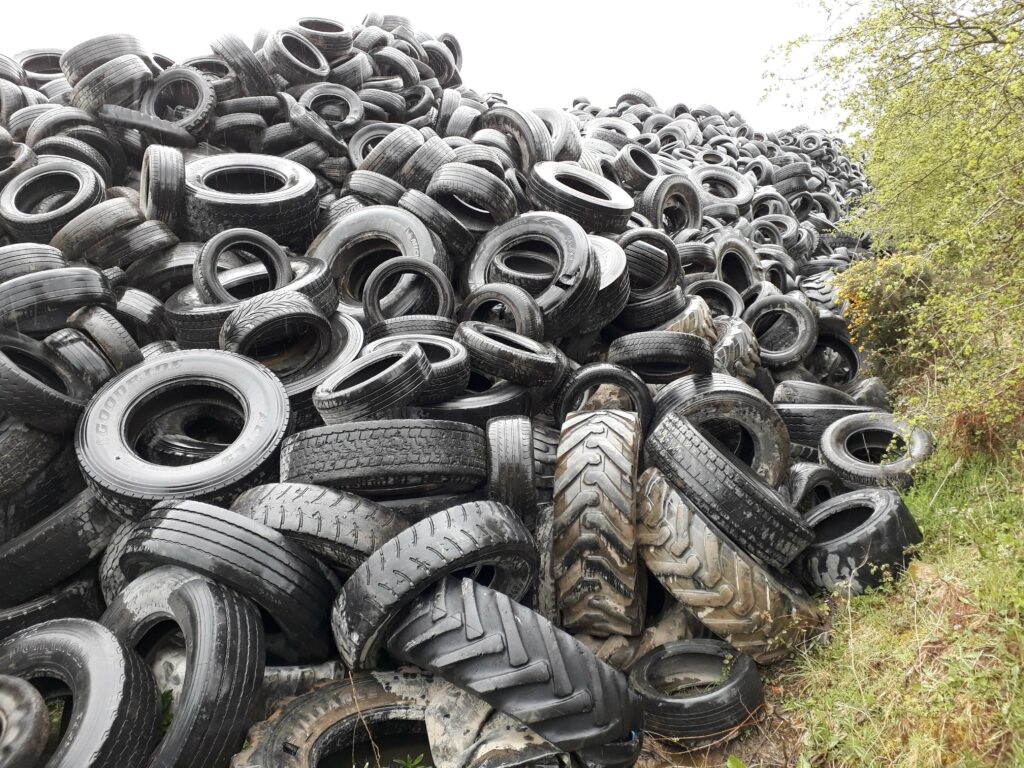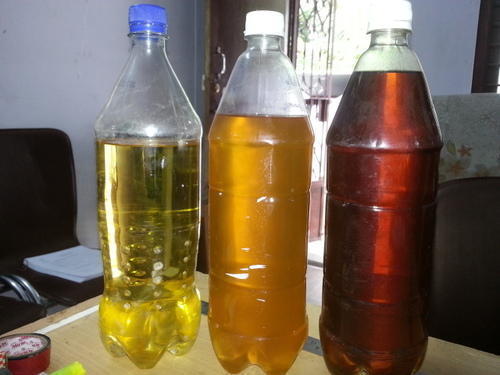Tire Pyrolysis: A Solution that Reduces Disease and Pollution
Our world faces a dual threat: the epidemic of diseases linked to environmental pollution and the ever-mounting problem of waste tire disposal. In this comprehensive post, we will delve into the innovative approach of tire pyrolysis, which not only provides a sustainable solution for waste tire management but also contributes to a healthier environment, reducing the risk of diseases associated with pollution. It is tire pyrolysis machine.

Chapter 1: Understanding the Tire Pollution Conundrum
Before we explore the solution, we must grasp the gravity of the problem. Chapter 1 delves into the environmental and health hazards caused by improperly disposed tires, setting the stage for the urgent need for tire pyrolysis.
Chapter 2: Tire Pyrolysis Explained
What is tire pyrolysis, and how does it work? Chapter 2 offers an in-depth understanding of the pyrolysis process, including the technology, mechanisms, and the conversion of waste tires into valuable products. The mini pyrolysis plant is a good start.
Chapter 3: Pollution Reduction Through Pyrolysis
One of the primary benefits of tire pyrolysis is the significant reduction in pollution. We will discuss how this technology minimizes air, water, and soil pollution, addressing environmental concerns and potential health risks.
Chapter 4: Disease Reduction and Public Health Benefits
Chapter 4 explores the links between pollution, diseases, and the potential health benefits of implementing tire pyrolysis. We will delve into the reduced health risks for communities near tire disposal sites.

Chapter 5: The Economics of Tire Pyrolysis
Beyond environmental and health advantages, tire pyrolysis offers economic benefits. We’ll explore how this technology can generate income, create jobs, and promote sustainable economic development.
Chapter 6: Case Studies of Successful Tire Pyrolysis Projects
Real-world success stories provide evidence of the effectiveness of tire pyrolysis. This chapter will examine various case studies, showcasing how tire pyrolysis has been implemented and its positive impacts.
Chapter 7: Overcoming Challenges in Tire Pyrolysis
While promising, tire pyrolysis is not without its challenges. We’ll discuss hurdles such as feedstock availability, technology maturity, and market acceptance, offering insights into overcoming these obstacles. View the process of continuous tire pyrolysis.
Chapter 8: Government Policies and Regulations
Government policies and regulations play a crucial role in promoting tire pyrolysis. This chapter explores existing policies and potential regulatory frameworks that can incentivize the responsible disposal of tires.
Chapter 9: Public Awareness and Education
Public awareness is vital for the success of tire pyrolysis initiatives. We’ll discuss the importance of education and outreach to garner support and participation.
Chapter 10: A Brighter, Healthier Future
As we conclude this post, we’ll reflect on the potential of tire pyrolysis to create a brighter and healthier future. By addressing both pollution and waste tire challenges, this technology can contribute to a cleaner, safer, and more sustainable world.
Conclusion: A Win-Win Solution
In the conclusion, we emphasize that tire pyrolysis isn’t just a waste management solution; it’s a win-win solution. It offers a path to reduce pollution, prevent diseases, create economic opportunities, and build a sustainable future for generations to come.